In the past centuries, our understanding of inheritance and evolution has mostly been based on mechanisms of gene mutation and natural selection. While there is no doubt about the validity of natural selection inheritance, several important studies have suggested that the environmental effects experienced by an organism during its lifetime can have marked influences on its phenotype, and be transmitted to subsequent generations through non-genetic mechanisms (epigenetic mechanism).
Therefore, the belief that the genetic code is the sole basis for biological inheritance has been challenged by the evidences suggesting that epigenetic changes result in persistent phenotypes that are passed across generations. Thus, the transgenerational epigenetic inheritance has emerged as a growing field in the health and environmental sciences. Despite the increasing number of studies claiming transgenerational epigenetic impacts of environmental chemicals, many present gaps in the transgenerational experimental design by investigating only direct exposure (F0, F1 and/or F2) excluding the truly non-exposed generations (F3 and above) or by testing chemical concentrations far above environmental relevance. Additionally, the association between epigenetic modifications and adverse outcomes in the non-exposed generations is not completely established for many chemicals and the mechanisms controlling these effects remain poor known.
Therefore, it is essential to characterise the links between epigenome state and phenotypic traits over successive non-exposed generations. TRANSEPIC aims to clarify the risk of a broad group of chemicals- Contaminants of Emerging Concern (CECs) that despite being ubiquitous in aquatic ecosystems and deleterious to non-target species, are still overlooked in transgenerational epigenetic studies.
TRANSEPIC main aim is to characterize the putative epigenetic changes induced by environmentally relevant levels of key CECs in an important model species (Danio rerio), in order to link epigenetic changes with transgenerational adverse outcomes, disclosing in such way the underlying mechanisms.
Other important aim is to identify whether the transmission of altered phenotypes is by paternal or maternal lines. Although epigenetic inheritance has been associated with maternal transmission, recent studies highlighted the role of male germline in transgenerational inheritance. As a whole, this project shall provide valuable information for improving environmental hazard and risk assessment of CECs, as the transgenerational epigenetic effects of these contaminants are still not integrated in risk assessment frameworks. With these aims, we will address several fundamental questions: Do the selected CECs cause transgenerational adverse effects? Is the inheritance of altered phenotypes transmitted by paternal, maternal lines or both? What is the role of epigenetic modifications? Are the epigenetic and gene expression modifications correlated with adverse outcomes in non-exposed generations? These key aims will be pursued over 7 complementary tasks using a combination of up-to-date methodologies and the model organism zebrafish (Danio rerio). Overall, TRANSEPIC will contribute to clarify the relationships between CECs transgenerational exposure, epigenetic modification, and adverse outcomes. With this conceptual approach, we expect to validate new adverse outcome pathways (AOPs) for the CECs under study and contribute to improve the environmental hazard and risk assessment needed to support the sustainable management/conservation of the aquatic system.










